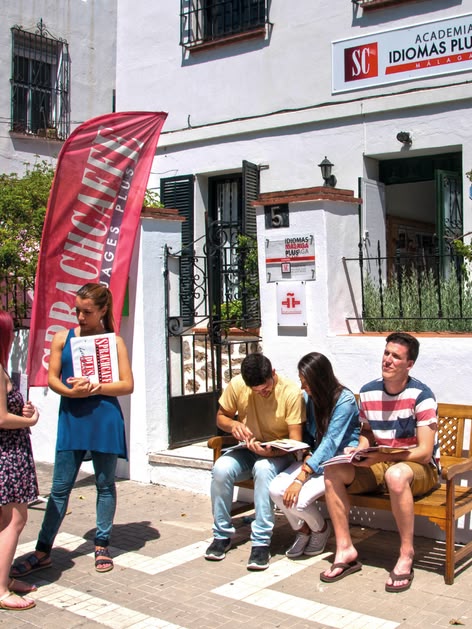Interrogative and negative interrogative sentences in Spanish
One of the first grammatical aspects you should learn in Spanish is to ask questions to get the information you need to know and to express negation or to deny an action. On this page we will teach you how to form negative and interrogative sentences, the order of these sentences in Spanish and the most common negative and interrogative particles in Spanish.
Formation and order of the interrogative sentence
In Spanish, the typical order of an interrogative sentence is: Interrogative particle + Verb + Subject + Complements
|
Interrogative sentences in Spanish are used to ask questions and obtain information. Remember: In Spanish, interrogative sentences have a question mark at the beginning (¿) and at the end (?), while in other languages such as English only the final exclamation mark is used.
Interrogative particles
| Type | Examples |
|---|---|
| ¿Qué? (What) | ¿Qué quieres para cenar? (What do you want for dinner?) |
| ¿Quién? (Who) | ¿Quién es tu mejor amigo? (Who is your best friend?) |
| ¿Cuándo? (When) | ¿Cuándo es tu cumpleaños? (When is your birthday?) |
| ¿Dónde? (Where) | ¿Dónde vives? (Where do you live?) |
| ¿Por qué? (Why) | ¿Por qué lloras? (Why are you crying?) |
| ¿Cómo? (How) | ¿Cómo te llamas? (What is your name?) |
| ¿Cuál(es)? (Which) | ¿Cuál es tu libro favorito? (Which is your favorite book?) |
Improve your Spanish grammar with a language trip
Want to improve your Spanish? Start your unforgettable language trip to the Spanish-speaking country of your choice now!
Formation of negative sentences and negative sentence order
Negative sentences in Spanish are used to express negation or to deny an action. To form a negative sentence in Spanish, the negative particle "no" is generally placed before the conjugated verb. In Spanish, the typical order of a negative sentence is: Subject+ negative particle+ Verb + Complements
|
Remember that in Spanish, unlike English where the negative particle precedes the verb, in Spanish the negative particle "no" always precedes the conjugated verb, and other negative particles are placed after "no".
Negative particles
| Type | Examples |
|---|---|
| No (no) | No tengo tiempo. (I don't have time.) |
| Nunca (never) | Nunca he estado en ese país. (I have never been to that country.) |
| Jamás (never) | Él jamás lo haría. (He would never do it.) |
| Nadie (nobody) | Nadie sabe la respuesta. (Nobody knows the answer.) |
| Nada (nothing) | No hice nada malo. (I didn't do anything wrong.) |
Conclusion
Negative and interrogative sentences in Spanish allow us to express doubts and negation and to obtain information, so it is essential that you familiarize yourself with this type of structure. At Sprachcaffe we recommend that you create flashcards with examples of negative and interrogative sentences. On one side of the card, write an affirmative sentence, and on the other side, rewrite the sentence in negative or interrogative form. Also, if possible, practice with native speakers. At Sprachcaffe we offer courses to learn Spanish in Spain and Latin America. Ready to improve your Spanish with a language trip?
Discover all options to learn Spanish abroad









